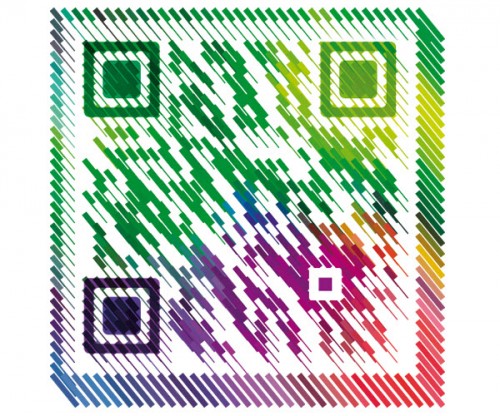Matt Mullenweg, insightful as always:
While the tech press often likes to paint companies in a similar market as competing in a zero sum game, the reality is that all are growing rapidly and services feed each other and cross-pollinate more than anyone gives them credit for. Tumblr built a dashboard reader product that has tons of pageviews and lots of followers, which can provide distribution for blogs much in the same way Facebook and Twitter do. (Its 85%-on-dashboard-centric usage looks more like a social network than a blogging network, actually.) WordPress has fantastic content that people on Tumblr love, and Tumblr has a rich and diverse content and curation community that can drive new visitors to WordPress — it’s like peanut butter and chocolate.
It’s true that we’re becoming simpler and more streamlined and it’s a process driven by our design vision and our community, not what any particular competitor is doing. WordPress has always flourished because it’s a hassle-free digital hub — a home on the web you can control, customize, and truly own due to the fact that it’s Open Source software. WordPress is the antidote to walled gardens.
